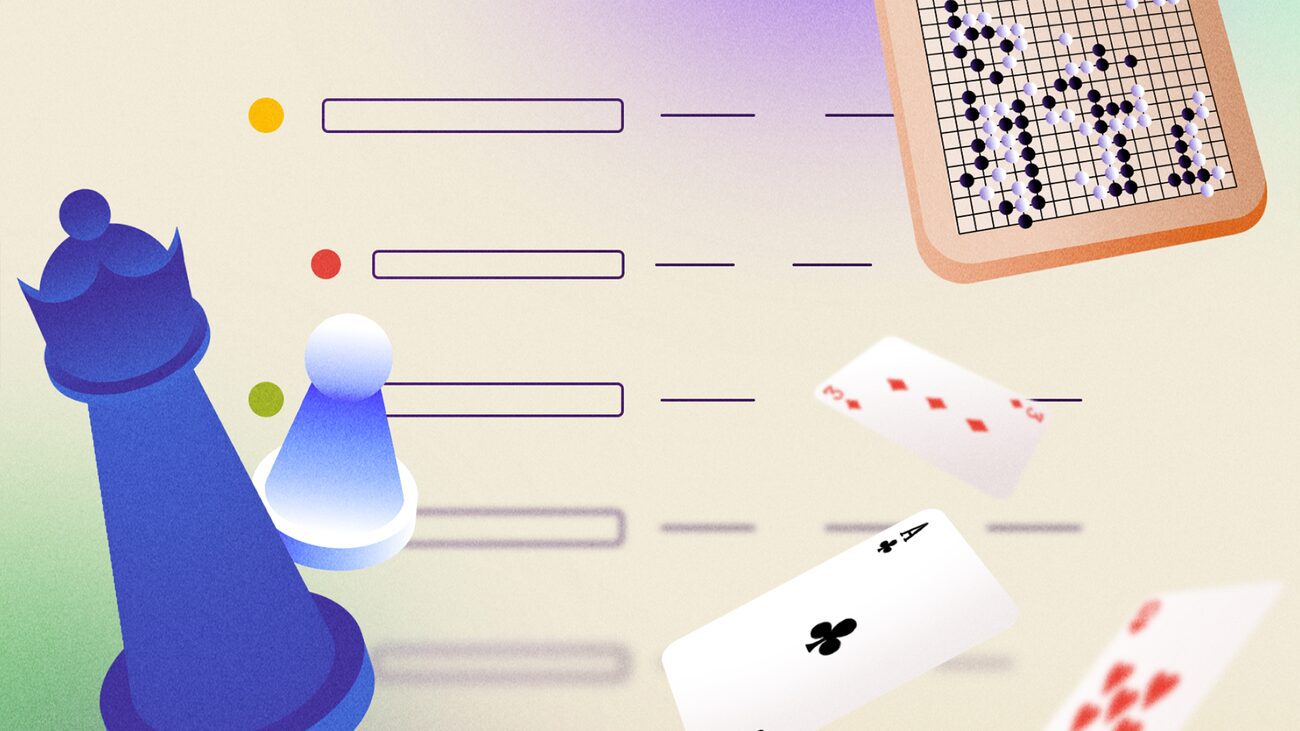AI Benchmarks: Rethinking How We Evaluate Performance
Let’s face it: current AI benchmarks just aren’t cutting it anymore. Sure, they help us measure how well models are doing on specific tasks, but here’s the deal: when models trained on internet data are racking up near-perfect scores, it gets tricky. Are they genuinely solving problems, or are they just regurgitating information they’ve seen before? As we push closer to achieving general intelligence, it’s high time we talk about re-evaluating our approach to assessing AI performance.
The Problems with Traditional AI Benchmarks
Ever tried using a map that was way outdated? It’s frustrating, right? Well, that’s how our current AI benchmarks feel as models get close to hitting the 100% mark. They might show impressive scores, but they become less effective at highlighting actual differences in performance.
Take, for example, a student who memorizes answers for a test without understanding the material. They might ace the exam (hello, 100%!), but when it comes to applying that knowledge in the real world, they’re lost. This is exactly what happens with our AI models. If they’re just memorizing, they’re not innovating, and innovation is key in the fast-evolving tech landscape.
A Fresh Take: The Kaggle Game Arena
While we’ve been sticking to traditional benchmarks, it’s time to spice things up. Enter the Kaggle Game Arena—a public AI benchmarking platform designed for models to go head-to-head in strategic games. Think of it as an Olympic arena for AI, where performance can be measured dynamically and verifiably.
Why games? Because they’re complex, nuanced, and require a mix of strategy and adaptability. Just like in life, plain memorization won’t save the day. Models need to think on their feet—something our traditional benchmarks haven’t been capturing effectively.
Learn more about the Kaggle Game Arena here
Embracing Subjectivity: The Human Element
Now, let’s get real for a second. As we pivot towards dynamic human-judged testing, we open a can of worms: subjectivity. That’s right; everyone has different preferences. But isn’t that what makes us human?
When we judge based on our personal taste, it introduces variability, which can be both a gift and a curse. Imagine two chefs creating the same dish; one might prefer a pinch of salt, while the other favors a bit of spice. The dish could taste amazing either way, but opinions will vary. In evaluating AI, this subjectivity can highlight creative solutions that might otherwise go unnoticed in rigid scorekeeping.
Looking Ahead: The Future of AI Evaluation
So, what’s next? The journey doesn’t stop here. While we’re embracing new methodologies, it’s clear that exploring creative and varied approaches is essential. We need benchmarks that reflect real-world capabilities and challenges, rather than just raw memorization.
This isn’t just about AI winning games; it’s about pushing boundaries. As we strive for general intelligence, our evaluation methods must evolve to keep pace. In this thrilling race, the future looks bright—if we’re willing to adapt and innovate along the way.
Wrapping It Up: What’s Your Take?
Current AI benchmarks may not be doing the job anymore, and that’s okay. We’re at the starting line of something exciting with the Kaggle Game Arena and dynamic human judging. Let’s keep pushing for new ways to measure AI’s capabilities effectively.
So what’s your take? Are you ready to explore these new frontiers with us? Want more insights like this? Let’s keep the conversation going!
